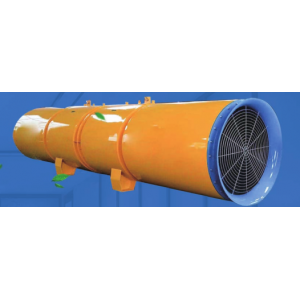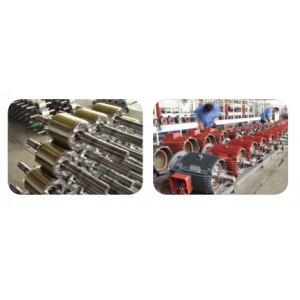What are the classification of explosion -proof shaft fans?
The explosion -proof shaft flow can have multiple classification methods according to different classification standards.
First of all, from the perspective of use demand, explosion -proof shaft flowers can be divided into pipeline, embedded, vertical, fixed type, waterproof dustproof type, mobile and external motor models.This classification method is mainly based on the different needs and usage scenarios of the fan in practical applications.
Secondly, from the perspective of installation methods, explosion -proof shaft flowers can be divided into synchronous transmission type and motor connection.This reflects the connection method between the fan and the driver, which has certain guiding significance for installation and maintenance.
In addition, according to the material, explosion -proof shaft flowers include steel fans, glass reinforced fans, plastic fan, PP fan, PVC fan, magnesium alloy fans, aluminum fan, stainless steel fan and other types.This classification method mainly reflects the material of the main body of the fan, which is of guiding significance for the choice of fan under a specific working environment and demand.
Finally, from the classification, explosion -proof shaft fans can be divided into ventilation, cooling and exhaust.Ventilation fan is mainly used to perform ventilation work in a hazardous environment to ensure the quality of the environment of the environment; cooling fans are mainly used to cool down the dangerous environment to ensure the normal operation of the equipment and workers;Eliminate and purify the harmful gases in a hazardous environment to ensure the cleaning and health of the environment.
In summary, the classification of explosion -proof shaft fans is diverse, and users can choose the appropriate type according to the actual needs and the working environment.At the same time, in order to ensure the normal operation of the fan and extend the service life, users should also maintain and maintain regularly.
The above is the classification of explosion -proof shaft flowers
 Pipe connection method of air
Pipe connection method of air
 Installation and debugging of
Installation and debugging of
 Advantages and adjustment meth
Advantages and adjustment meth
 How to debug a centrifugal cur
How to debug a centrifugal cur

